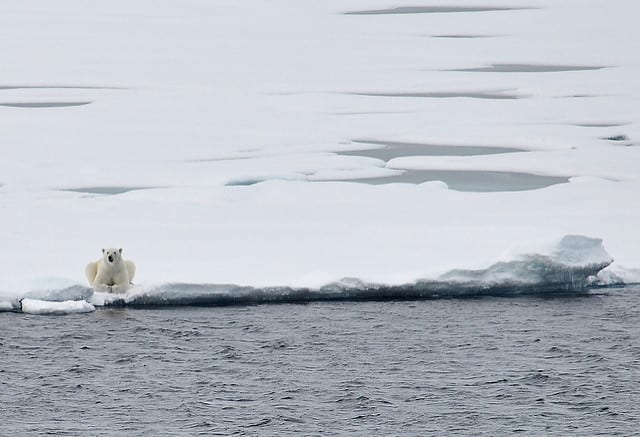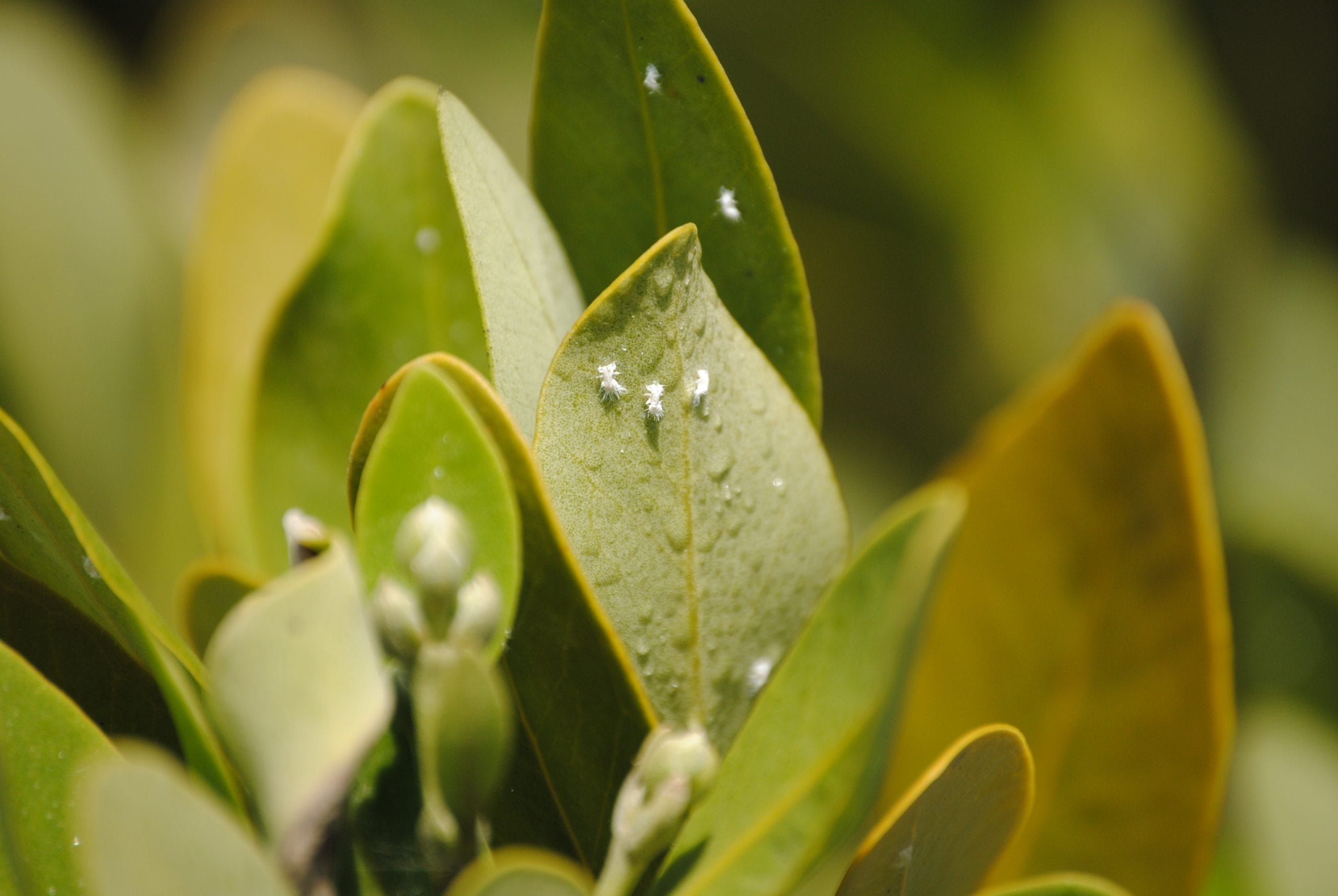
Everyone has seen it: a panning video showing thousands of miles of Arctic ice. This is usually followed by that same area now enveloped in water with the obligatory polar bear floating on a miniscule ice float. As polar bears rely heavily on sea ice as protective cover to hunt seals, their main food source, the connection between climate change-induced ice loss and polar bears is striking. Nevertheless, scientists at the University of Buffalo are analyzing the polar bear genome to gain insight into whether polar bears have the capacity to survive the adversities of climate change.
First, it is important to understand why the trek to preserve polar bear habitat is so different from that of other species. To put it simply, their habitat is being obliterated. Trying to restrain the destruction of Arctic ice is not as straightforward as one may think. With deforestation for pesky human-related purposes there are clear culprits. However countless people around the world commit the act of environmental pollution, which in turn, fuels climate change. For the polar bear, the issue comes down to ice, which has a melting rate that is heavily influenced by human industrial activity, specifically environmental pollution.
To put it simply, their habitat is being obliterated.
The amount of Arctic ice oscillates each year by melting in summer and refreezing in winter, reaching its minimum ice coverage in September and maximum in March. According to the National Snow and Ice Data Center, the extent of Arctic ice present in September has been declining at a rate of 13.3% per decade (NSIDC). Furthermore in March 2015, the Arctic ice maximum extent was the lowest measured since record keeping of this extent began in 1979 (NSIDC).
For polar bears, this doesn't bode well. In the summer when the ice is melting, polar bears normally retreat to land for 2-4 months to wait for the winter freeze. However with heavier ice melt, they are heading inwards to land earlier (Norris, Rosentrater, and Eid 2002). Quarantined on the mainland, the polar bear is an inefficient hunter. Consequently for every week an adult polar bear spends here it loses 22 pounds, which is A LOT, even for a polar bear (Kerr 2002). Due to reduced feeding time, their fat reserves are decreased, which affects everything from the ability to reproduce to simply surviving during the food-diminished summer months. As the maximum extent of Arctic ice continues to decrease each year, deciphering the future of the polar bear is still in question.
However advances in genetics may hold the answer. The field aims to look at polar bears from a molecular perspective to better understand how they will respond to a changing habitat. Dr. Charlotte Lindqvist, an assistant professor of biology at the University of Buffalo, lead a study published in the Proceedings of the National Academy of Sciences analyzing the genomes (an organism's complete set of genes) of 28 bears, including polar bears, black bears, and brown bears. For all of the known polar bear genes, she assessed genetic diversity: the number of different versions (called alleles) of a gene there in a population. Dr. Lindqvist concluded that the genetic diversity found in polar bears is relatively low compared with other bear species. Meaning that most individuals within and across the polar bear population are essentially identical in terms of genetics, and thus as a species have a more limited set of genetic tools to deal with various environmental pressures brought on by a warming climate.
For example, the necessity to swim longer distances due to reduced ice cover is becoming more common. Just like humans, polar bears have genes responsible for helping muscles function during strenuous conditions. Due to polar bear populations having low genetic diversity, there may not be many individuals with beneficial alleles of these genes to help them swim long distances as compared with a population with high genetic diversity. Other genetic conservation approaches like captive breeding, which has been successful for species like South African Cheetahs and California Condors, unfortunately would not work, as this requires a high species genetic diversity.
In the end, the images of polar bears balancing on miniscule ice floats seem to be rather appropriate. Genetics can give insight into how polar bears might respond to a changing climate, but studying the polar bear genome can only get us so far. Although worldwide attempts at decreasing carbon emissions have been met with glacially slow progress, it may be the only way to slow the intensifying ice loss in the polar bear's habitat. I strongly recommend taking a peek at the National Snow and Ice Data Center's website where you can observe daily sea ice levels in the Arctic. It might just be the closest thing most humans get in observing our effect on the once icy Arctic sea and more importantly its adorable seal-devouring inhabitants.
References:
The National Snow and Ice Data Center (NSIDC) (http://nsidc.org/)
Norris, S., L. Rosentrater, and P.M. Eid. 2002. Polar Bears at Risk. Oslo, Norway: WWF International Arctic Programme.
Kerr, R.A. 2002. Whither arctic ice? Less of it, for sure. Science 297: 1,491.
Miller, W., et al., Polar and brown bear genomes reveal ancient admixture and demographic footprints of past climate change. Proceedings of the National Academy of Sciences of the United States of America, 2012. 109(36): p. E2382-E2390.
About the Author
John J. Spiekerman is a postdoctoral researcher in the Department of Plant Biology at the University of Georgia. John's research focuses on salt tolerance in seashore paspalum, a halophytic grass species, with the hope of improving salt-sensitive food crops. He is a co-founding member of Athens Science Observer, where he served as Editor-in-Chief in 2017, and also served on the programming board for the Athens Science Café. He loves pizza, coffee, playing music, reading, and running…exactly in that order.
-
John Spiekermanhttps://athensscienceobserver.com/author/john-spiekerman/March 23, 2021
-
John Spiekermanhttps://athensscienceobserver.com/author/john-spiekerman/November 3, 2020
-
John Spiekermanhttps://athensscienceobserver.com/author/john-spiekerman/March 18, 2020
-
John Spiekermanhttps://athensscienceobserver.com/author/john-spiekerman/July 13, 2015









